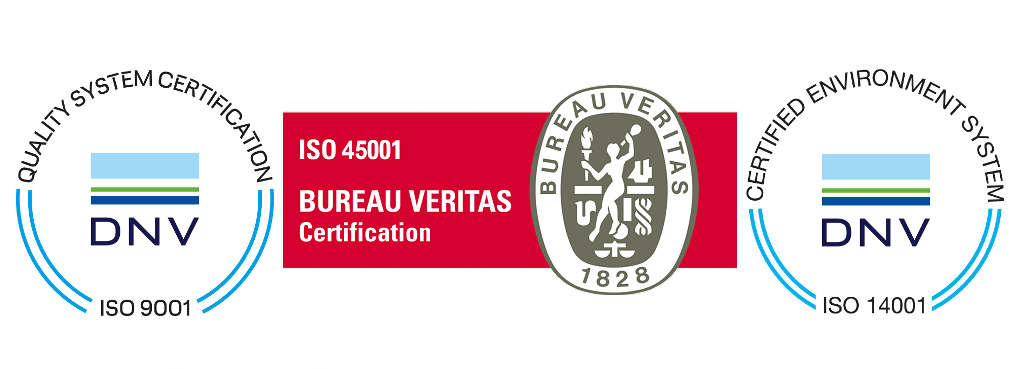Safety
Safety, security, quality and environmental protection are our top priorities , therefore all our vessels are operated in the safest and most efficient manner possible in order to meet and exceed the requirements of ship owners, flag states, port states, class societies and charterers.
The company has a high level of compliance with majors’ Tanker Management Self Assessment (TMSA) scheme and has developed robust procedures for the control and execution of safe navigation and cargo operations. We aim to be proactive in all areas and to deliver a high standard of operation
The department comprises dedicated marine superintendents with a vast sea going and office experience, all of which are active or former Chief Officers and Captains. The department is responsible for the implementation of ISM, ISPS Codes & ISO / OHSAS standards and promotes, monitors and controls Safety, Quality & Environmental protection in all company’s activities.
We continuously work to achieve a Zero Incident Industry because we care. We care about our colleagues, our families and friends, the environment, our vessels and seafarers – and we demonstrate that we care by managing the processes and barriers that keep each other safe.

Some recent initiatives, in line with latest industry research for improving safety culture and training effectiveness are:
- Reflective Learning & Learning Engagement Tools training sessions based on the latest incidents
- Resilience Training with the goal of explaining to all employees how to better adapt in case of adversity, trauma, tragedy, threats or even significant sources of stress – such as family and relationship problems, serious health problems or workplace and financial stress
- Measuring our safety culture level across our employees by employing recognized survey tools to identify the gaps of our system and find the best improvement actions.
- Encouraging the near miss reporting
- Continuous assessment of security threats (cyber, piracy, etc.)
- Ensuring safe and modern navigation by implementing digitalization and innovative software
- Permanent reassessment of risks